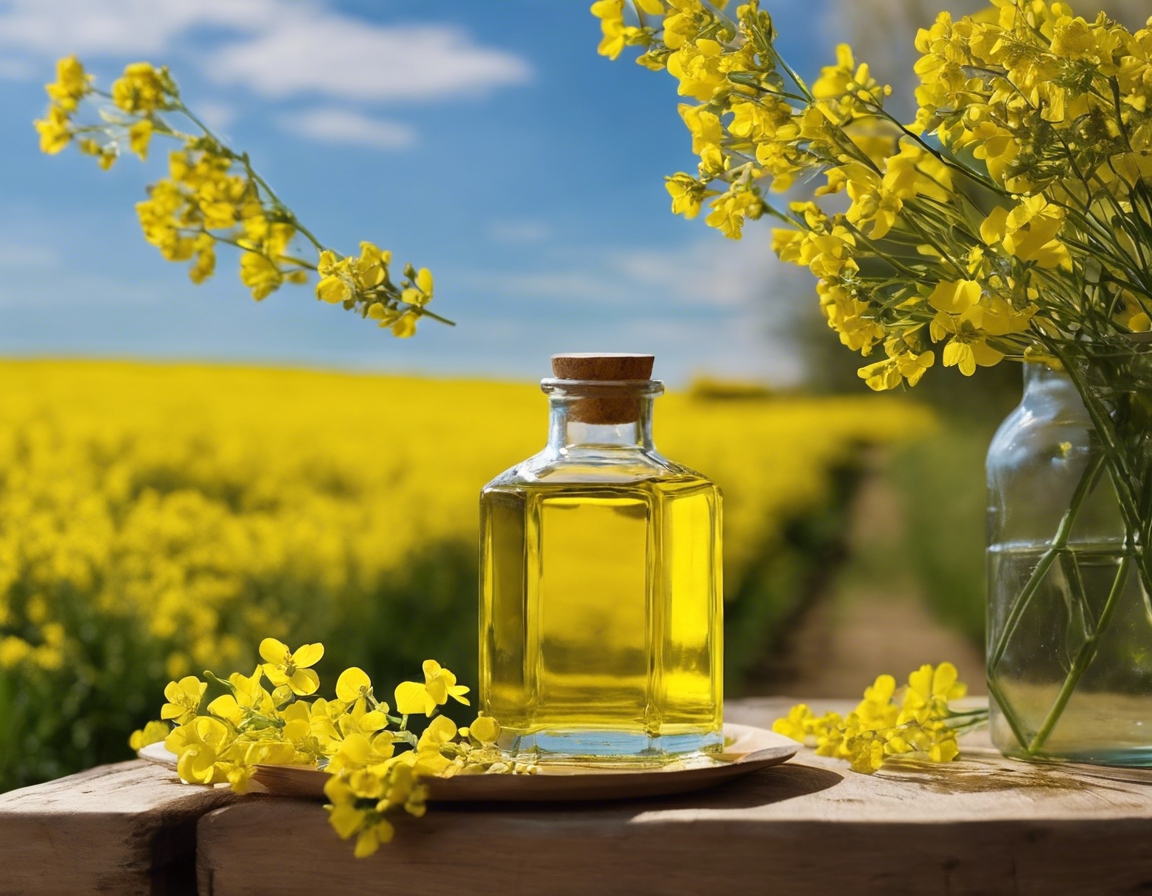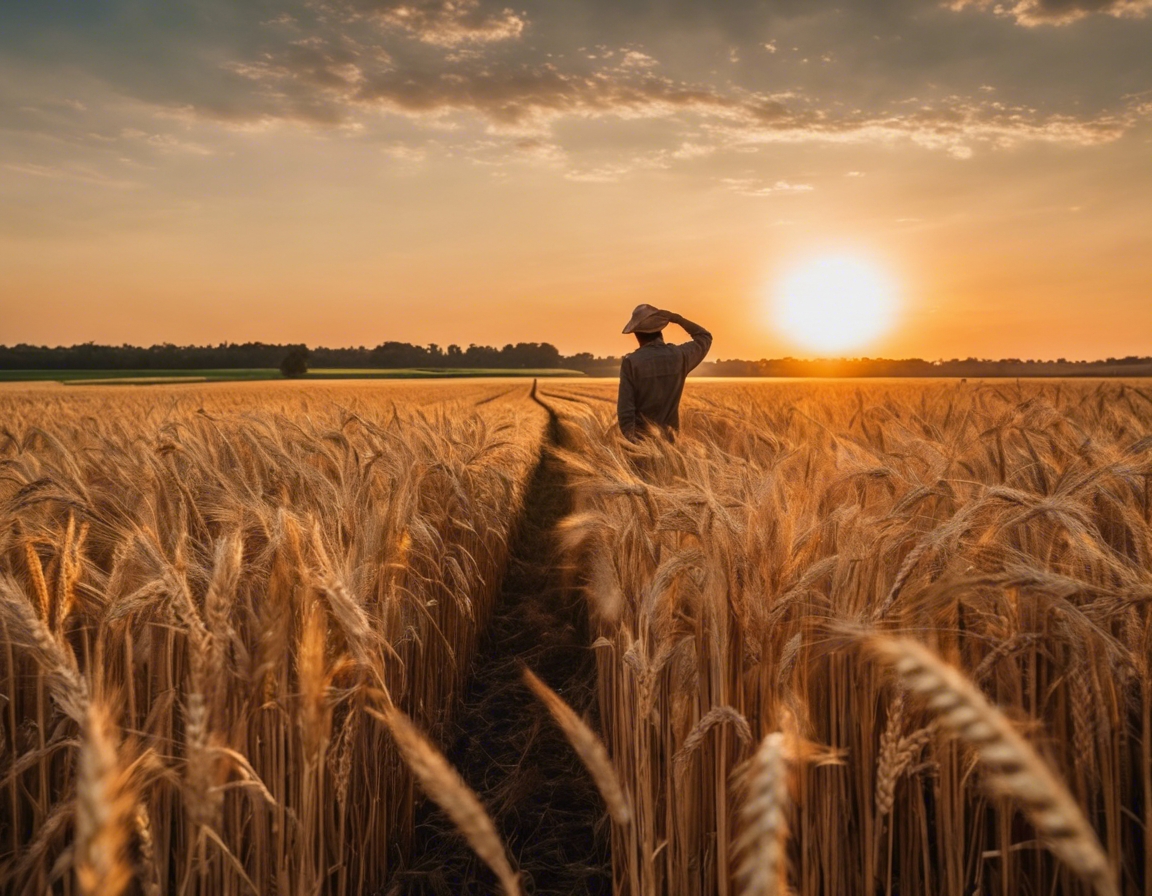The future of farming: robots in dairy production
The dairy industry has been a cornerstone of agriculture for centuries, providing essential nutrients to populations worldwide. As we move further into the 21st century, the industry is undergoing a transformation, with robotics playing a pivotal role in the future of dairy farming. This post explores the integration of robots into dairy production and what it means for farmers, cows, and consumers alike.
From manual labor to mechanization, dairy farming has evolved significantly. The advent of robotics represents the latest leap forward, promising to revolutionize the way we produce milk.
Dairy robots are automated systems designed to perform tasks traditionally done by humans, such as milking, feeding, and monitoring cattle health. These robots are equipped with advanced sensors, artificial intelligence, and machine learning capabilities to enhance their performance.
The Role of Robots in Modern Dairy Production
AMS are at the forefront of robotic dairy farming, allowing cows to be milked on demand, increasing milk yield, and improving the milking process's overall efficiency.
Robotic feed pushers ensure that cows have constant access to fresh feed, optimizing their nutrition and overall health. This technology also allows for precise adjustments to diets based on individual cow needs.
Robots equipped with health monitoring systems can detect early signs of illness, ensuring timely treatment and reducing the risk of widespread health issues within the herd.
Benefits of Robotic Dairy Farming
Robots can operate around the clock, reducing labor costs and increasing farm productivity. This efficiency translates into higher quality products for consumers.
Robotic systems can lead to a less stressful environment for dairy cattle, as they allow for more natural behaviors and reduce human-animal interactions that can cause stress.
By optimizing feeding and milking processes, robotic dairy farming can reduce waste and improve the farm's carbon footprint, aligning with the values of environmentally conscious consumers.
Challenges and Considerations
While the benefits are clear, the initial investment in robotic dairy systems can be significant, and ongoing maintenance costs must be considered.
Integrating robotic systems into existing farm operations can be challenging and requires careful planning and execution.
Both farmers and cows must adapt to the new technology. Farmers need training to manage and maintain the robotic systems, while cows need time to adjust to the new milking and feeding routines.
The Future Outlook for Robotic Dairy Farming
As technology continues to advance, we can expect to see even more sophisticated robotic systems in dairy farming, further enhancing efficiency and productivity.
Consumer demand for sustainable and ethically produced dairy products is on the rise. Robotic dairy farming is well-positioned to meet these expectations, offering a glimpse into the future of responsible and sustainable dairy production.





Comments (0)